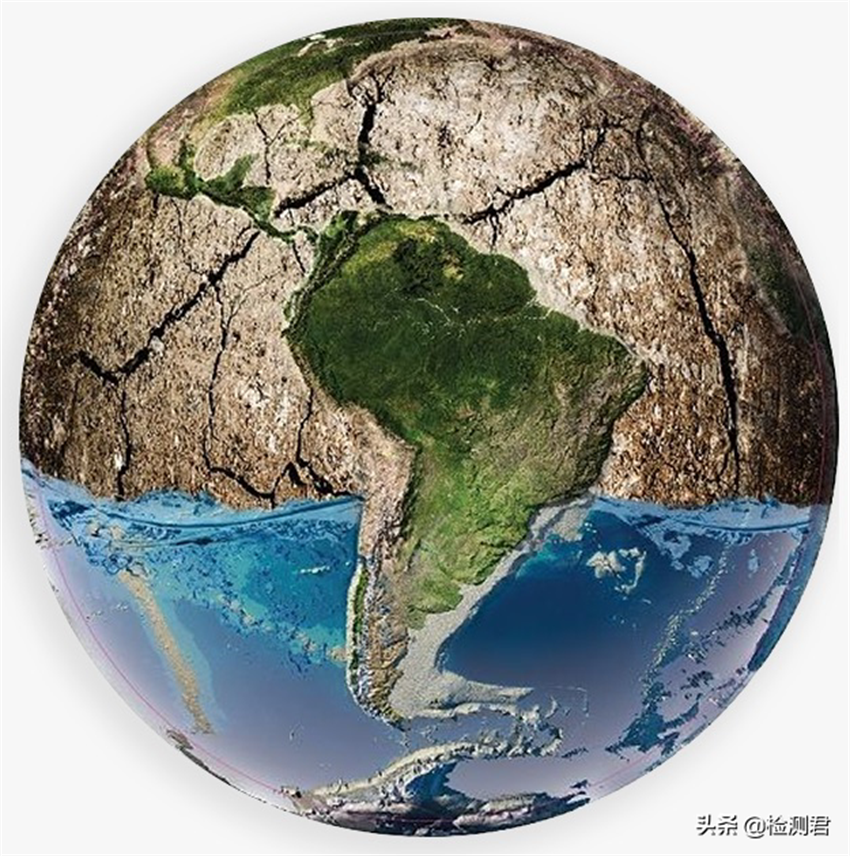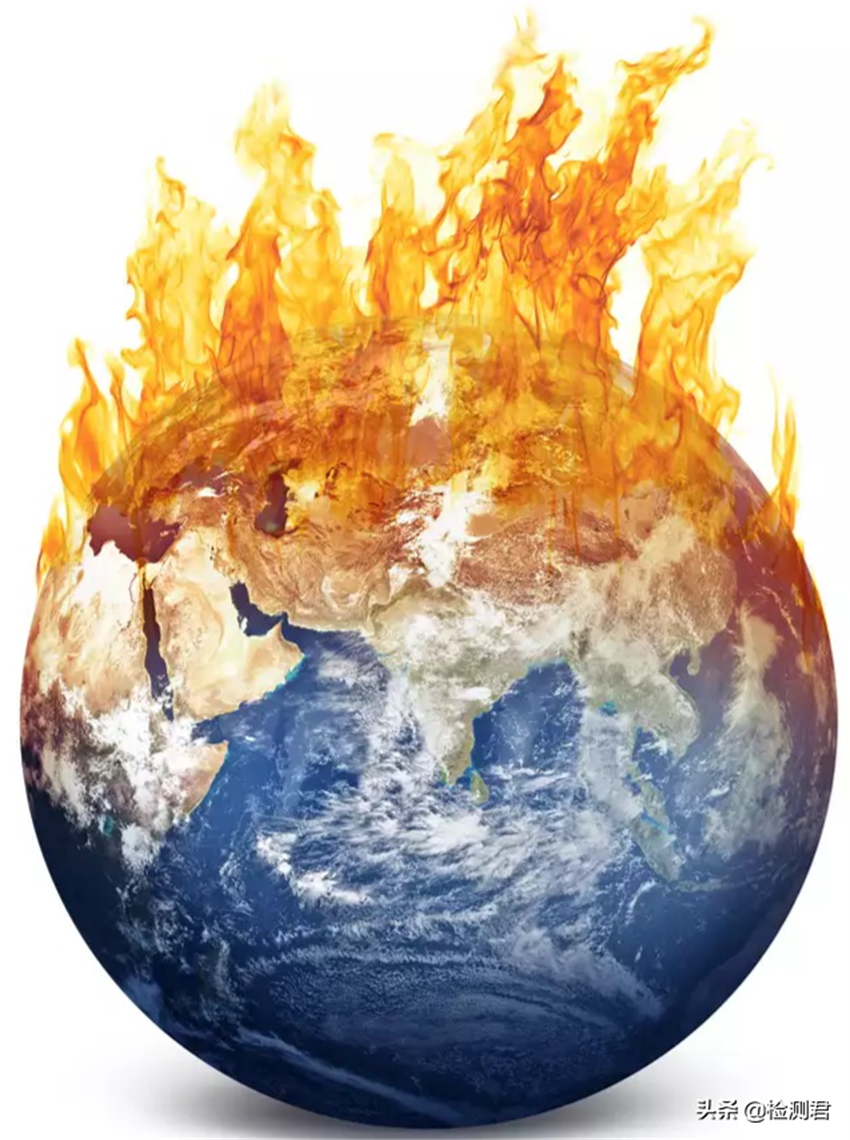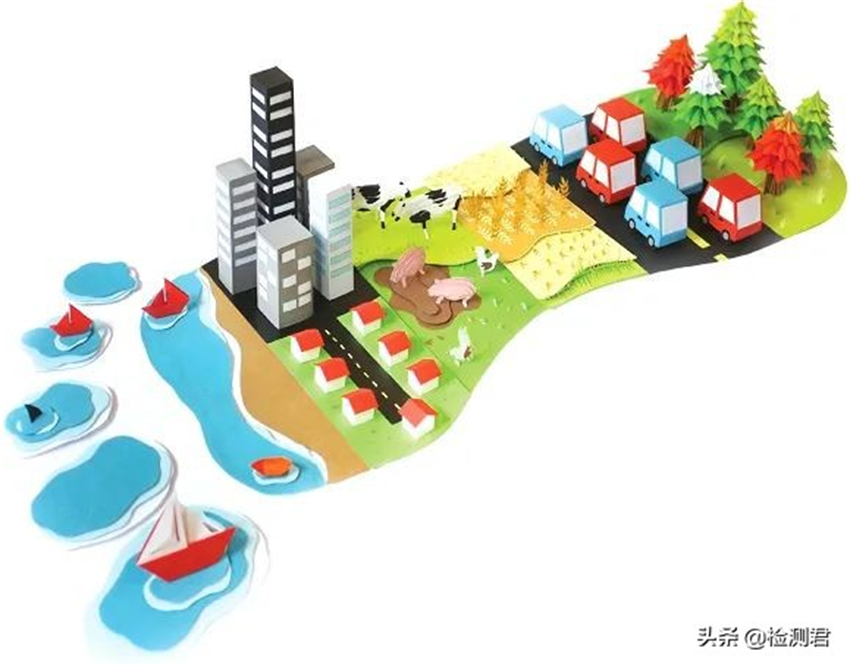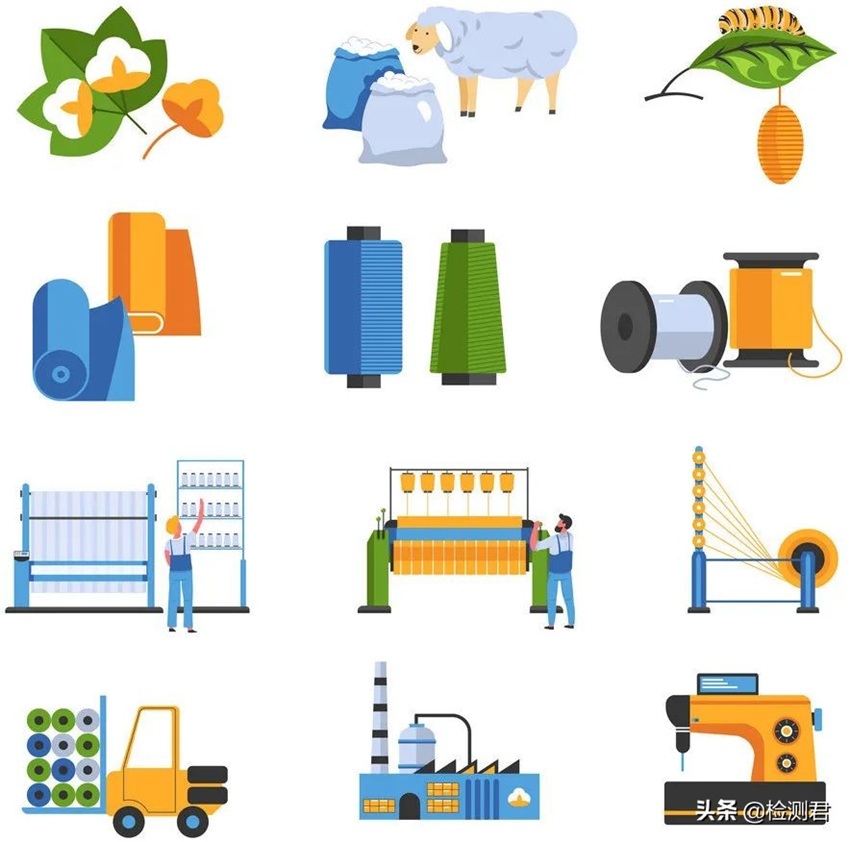Water resources
The fresh water resources available to human beings are extremely scarce. According to the statistics of the United Nations, the total amount of water resources on the earth is about 1.4 billion cubic kilometers, and the freshwater resources available to humans only account for 2.5% of the total water resources, and about 70% of them are ice and permanent snow in the mountains and polar regions. Freshwater resources are stored underground in the form of groundwater and constitute about 97% of all potentially available freshwater resources to mankind.
Carbon emission
According to NASA, since the beginning of the 20th century, human activities have led to the continuous increase of carbon emissions and the gradual warming of the global climate, which has brought many adverse effects, such as: rising sea levels, melting glaciers and snow into the ocean, reducing the storage of freshwater resources Floods, extreme weather hurricanes, wildfires, and floods are frequent and more severe.
#Focus on the importance of carbon/water footprint
The water footprint measures the amount of water used to produce each good or service that humans consume, and the carbon footprint measures the total amount of greenhouse gases emitted by human activities. Carbon/water footprint measurements can range from a single process, such as the entire manufacturing process of a product, to a specific industry or region, such as the textile industry, a region, or an entire country. Measuring the carbon/water footprint both manages natural resource consumption and quantifies human impact on the natural environment.
#Measuring the carbon/water footprint of the textile industry, attention must be paid at every stage of the supply chain to reduce the overall environmental load.
#This includes how fibers are grown or synthetic, how they are spun, processed and dyed, how garments are constructed and delivered, and how they are used, washed and finally disposed of.
#The impact of the textile industry on water resources and carbon emissions
Many processes in the textile industry are water-intensive: sizing, desizing, polishing, washing, bleaching, printing and finishing. But water consumption is only part of the environmental impact of the textile industry, and textile production wastewater can also contain a wide range of pollutants that damage water resources. In 2020, Ecotextile highlighted that the textile industry is considered one of the largest producers of greenhouse gases in the world. The current greenhouse gas emissions from textile production have reached 1.2 billion tons per year, exceeding the total output of some industrialized countries. Textiles could account for more than a quarter of global carbon dioxide emissions by 2050, based on humanity’s current population and consumption trajectories. The textile industry needs to take the lead in focusing on carbon emissions and water usage and methods if global warming and water loss and environmental damage are to be limited.
OEKO-TEX® launches environmental impact assessment tool
The Environmental Impact Assessment Tool is now available to any textile production factory applying for or having obtained STeP by OEKO-TEX® certification, and is available for free on the STeP page on the myOEKO-TEX® platform, and factories can participate voluntarily.
To achieve the textile industry’s goal of reducing greenhouse gas emissions by 30% by 2030, OEKO-TEX® has developed a simple, user-friendly digital tool for calculating carbon and water footprints – the Environmental Impact Assessment Tool, which Carbon and water footprints can be measured for each process, the entire process and per kilogram of material/product. Currently, STeP by OEKO-TEX® Factory Certification is incorporated into the tool, which helps factories:
• Determine maximum carbon and water impacts based on the materials used or produced and the production processes involved;
• Take action to improve operations and meet emissions reduction targets;
• Share carbon and water footprint data with customers, investors, business partners and other stakeholders.
• OEKO-TEX® has partnered with Quantis, a leading scientific sustainability consultancy, to select the Screening Life Cycle Assessment (LCA) method to develop an environmental impact assessment tool that helps factories quantify their carbon and water impacts through transparent methods and data models.
The EIA tool uses internationally recognized recommended standards:
Carbon emissions are calculated based on the IPCC 2013 method recommended by the Greenhouse Gas (GHG) Protocol Water impact is measured based on the AWARE method recommended by the European Commission Material is based on ISO 14040 Product LCA and Product Environmental Footprint PEF Evaluate
The calculation method of this tool is based on internationally recognized databases:
WALDB – Environmental Data for Fiber Production and Textile Processing Steps Ecoinvent – Data at Global/Regional/International Level: Electricity, Steam, Packaging, Waste, Chemicals, Transport After plants enter their data into the tool, the tool assigns the total data to the individual production processes and multiplied by the relevant data in the Ecoinvent version 3.5 database and WALDB.
Post time: Aug-16-2022









